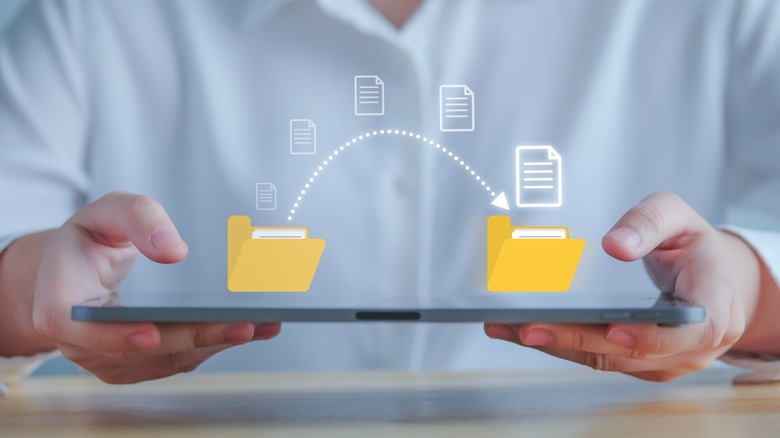Are You Backing Up Your Laptop Enough? Probably Not
Data loss can happen when you least expect it. Imagine you are working on an important project on your organization's device or reliving precious moments through your wedding photos on your personal laptop. Suddenly, there's a blue screen, and your laptop crashes without warning. Today, when most of our details and data are stored in the form of bits and bytes, data backup is no longer just a healthy practice; it is a necessity.
Data loss can be a huge disaster, and the reasons for it are varied and often unexpected. Hardware malfunctions, software corruption, malware attacks, accidental deletions, hardware theft, and physical damage are just a few ways you might lose your valuable data. Unfortunately, data loss is a common scenario, and that's when most people realize one of the most essential things they should have done – regularly backing up the laptop.
A regular backup of your devices can transform a potential disaster into a minor inconvenience. It might sound like a big chore, but it isn't.
How often should you back up your laptop?
When we hear about data backups, it's often in the context of businesses safeguarding their critical data. However, if you are a regular user, your data is no less precious. If your PC houses your life's work, your memories, or your creative projects, you must make a habit of regular backing up.
For most people, a weekly backup schedule strikes the right balance. It's often enough to safeguard recent documents, photos, or projects without being a burden. But this isn't a hard and fast rule. If you're in a profession where your laptop is your workshop, like a freelance photographer or an independent researcher, more frequent backups are a must.
Before scheduling a backup, consider the nature of your work. Are you constantly creating and modifying files? Do you have deadlines that can't afford a data mishap? Adjust your backup frequency accordingly.
How to backup a laptop
When backing up a laptop, your choice of method depends on factors such as data size, type, and budget. Three different methods effectively secure your data.
External hard drives provide a straightforward and relatively inexpensive solution for backing up large volumes of data. They connect via USB and offer storage capacities ranging from a few gigabytes to several terabytes. While they don't inherently support automatic backups, software solutions like Acronis Cyber Protect Home Office and EaseUS Todo Backup can automate this process, ensuring your data is consistently up to date.
Services such as Google Drive, Dropbox, and OneDrive allow you to store data on remote servers. This method is particularly useful for backing up essential files and accessing them from any internet-enabled device. Cloud storage offers flexibility in terms of space; you can scale up your storage based on your growing needs. Moreover, you can automate backups to ensure that recent changes are consistently included. In addition, many cloud services offer constant data syncing between devices, enabling real-time backup as you save files on your computer.
Using a combination of external hard drives and cloud storage, hybrid storage is also an effective backup strategy. With this approach, you can store large, less frequently accessed files on the hard drive, while keeping more regularly used or updated data on cloud storage. This method allows for the automated backup of your regularly updated data, providing peace of mind about data loss.
When backing up data, consider following the 3-2-1 backup rule recommended by experts: maintain three total copies of your data, two on different storage mediums (like cloud and external hard disk), and one stored offsite or in the cloud.


